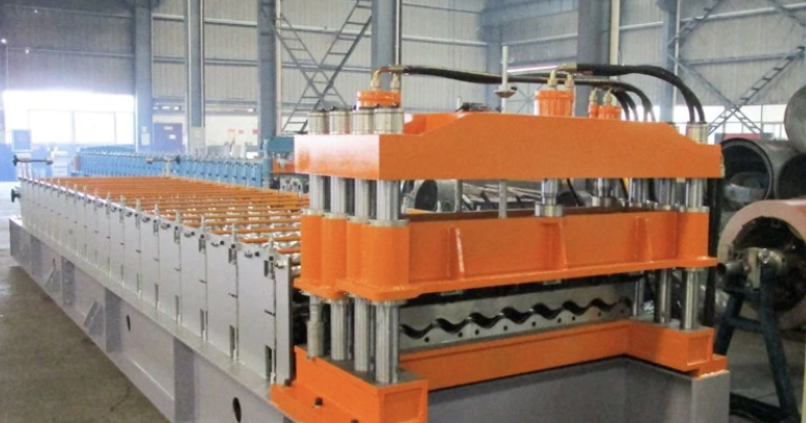
Posted on Sunday, October 6, 2024
When discussing the production speeds and throughput capabilities of roll forming machines, several factors come into play. Here's a breakdown:
On average, users can expect standard roll forming machines to operate at speeds of 20 to 60 fpm, with high-speed options exceeding 100 fpm for simpler profiles. The specific throughput will vary based on the factors mentioned above, so it’s essential for users to consider their specific needs when evaluating roll forming equipment.
This insight can help users gauge how different machines can fit into their production requirements and the potential efficiency gains they might achieve with advanced technology and design.

32/1000 Box Profile Roll Forming Machine – Complete Guide & Specifications
Posted on Sunday, November 16, 2025
High-performance 32/1000 box profile roll forming machine for roofing and cladding. Full specifications, profiles, applications, pricing

PBR / R-Panel Roll Forming Machine – Complete Guide & Specifications
Posted on Sunday, November 16, 2025
PBR / R-Panel roll forming machine for roofing and wall cladding. Full specs, profiles, applications, pricing, and global buying guide. Built to order.

Posted on Sunday, November 16, 2025
How to Diagnose and Fix the Hidden Electrical Problems That Cause Downtime
Copyright 2025 © Machine Matcher.